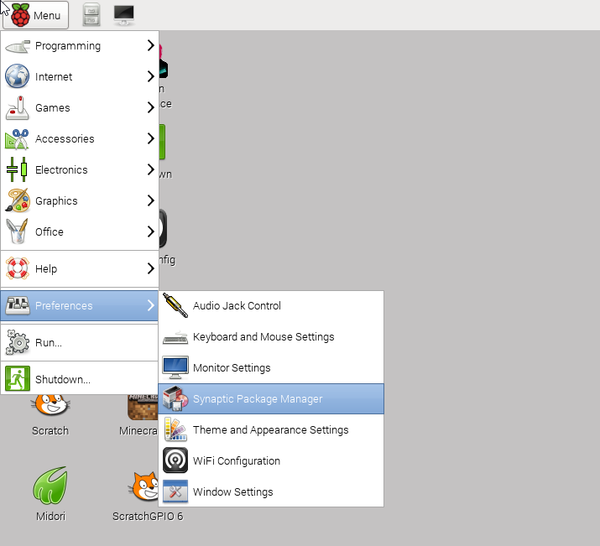How To Install Mplayer Raspberry Pi
For years, fans have been running game emulation platforms such as RetroPie, Recalbox and Lakka. However, when the Raspberry Pi 4 launched in June, none of these platforms officially supported the new hardware and users were left looking for early beta versions or workarounds that didn't work so well. As of this writing, the situation has improved, but isn't completely resolved.
Install Raspberry Pi Image
Below, we'll show you how two ways to get emulation up and running on your right now.Running Lakka on a Raspberry Pi 4Though Retropie is, by far, the most popular choice because of its attractive user interface (UI), Lakka is the first platform with a final, non-beta version that supports Raspberry Pi 4. Lakka has strong performance, but just doesn't offer as many options or have as much support as its competitor.1. Insert a microSD card (at least 16GB) into your PC.2. Download the for Raspberry Pi. Note that it is currently labeled as Pi 2 / 3 but it works for 4. Look for the latest file with the.img.gz file extension.3. Launch Etcher on your PC.
And install Etcher if you don't have it already.4. Click Select Image and choose the file you just downloaded.5. Click Flash.After your microSD card is done burning, you can put it into the Raspberry Pi 4 and boot. Installing RetroPie on a Raspberry Pi 4To install RetroPie on your Pi 4, you won’t need to do a lot of work, but you will have to be patient. Once you get the install process up and running, you will need to walk away and leave it going for an hour or two.1. Install the latest version of on your Pi 4, if you haven’t already done so and boot into it. We recommend installing the lite version, which doesn't come with X Windows preloaded.
If you don’t know how to install Raspbian, see our article on.2. Set the Raspberry Pi 4's GPU memory to 256MB. At the command prompt / terminal window, you do that by typing raspi-config then selecting Advanced Options-Memory Split and typing in 256. If you have X Windows, you do it by navigating to Preferences-Raspberry Pi Configuration, clicking on the Performance tab, changing the number to 256 and clicking Ok. In either case, reboot afterwards.3.
Launch a terminal window on the Raspberry Pi 4 if you haven't already booted to the command prompt. In X Windows, you can get there by clicking the terminal icon or hitting CTRL+ALT+T.4.


Download Retropie's setup files by typing:sudo git clone -depth=1 you have a decent Internet connection, this will take only a few seconds.5. Type cd RetroPie-Setup to enter the setup directory.cd RetroPie-Setup6. Type git fetch && git checkout fkmsrpi4 to get the proper FKMS version of RetroPie (the one that works with Pi 4).git fetch && git checkout fkmsrpi47. Execute the setup script by typing:sudo./retropiesetup.shThis process will take a few, so maybe walk away and come back. When you return, you'll see a blue screen with a menu on it.8. Click Ok by hitting Enter and click Ok again if prompted.9.
Select Basic Install from the menu and hit Ok.10. Hit Yes when asked to confirm the install.Now the install process will begin in earnest. Walk away for at least 45 minutes, maybe more.11.
Install Mplayer On Raspberry Pi

Select Configuration / tools - autostart - Start Emulation Station at boot.12. Select Perform Reboot and hit Ok. Confirm if prompted.The Raspberry Pi will reboot. Bottom Line(Image credit: Shutterstock)While we're still waiting for RetroPie to have official Pi 4 support, which would also mean a premade disk image, you can at least use it now. Or you can go with Lakka, which isn't as popular but works pretty well.
We'll update this article when conditions change.MORE:MORE:MORE.